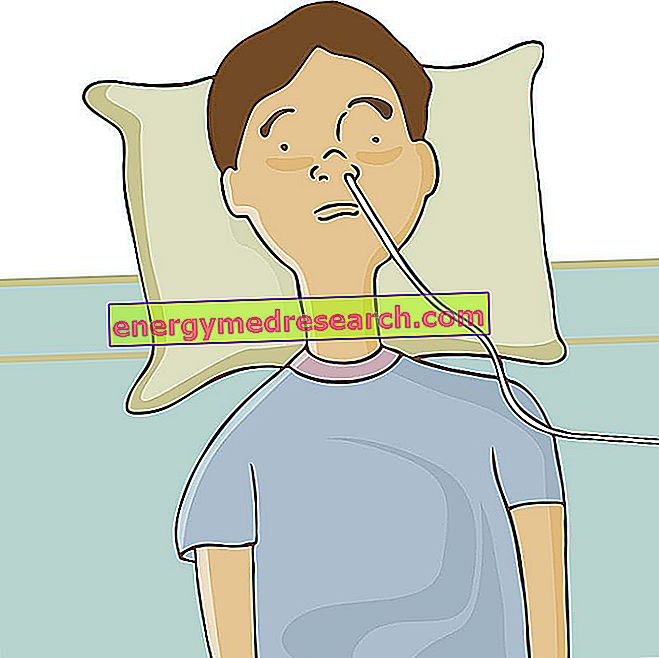Generality
The forceps is an obstetric instrument similar to a double spoon shaped forceps, used to extract the unborn child's head from the vagina taking it by the head.
For the possible complications that can derive from the improper use of the forceps, for several years now its use has been bound in quite exceptional circumstances and to a large extent replaced by cesarean section.

Forceps history
The history of forceps is veiled by a halo of romanticized legend, which begins around 1570 with the two obstetric brothers Chamberlen, in particular with Peter Chamberlen, to whom the discovery is attributed. In those days, the English and French nobles used to have their wives assisted by a doctor during childbirth; the first specialized medical figures began to be born, lavishly rewarded for their services. Among these obstetric doctors was Chamberlen, who - very jealous of his own invention - carried the forceps well hidden in a suitcase, even blindfolding the assistants during its use.
The secret continued to be jealously protected by the Chamberlen family for almost a century, when the decision was made to sell the patent. The use of this instrument, fueled by the fame and mystery that surrounded Chamberlen's successes, quickly took hold, supplanting the centuries-old experience of midwives in favor of male doctors.
Side effects
The massive use of forceps has produced numerous cases of complications and lesions of the vagina, bladder and disjunction of the pubic bones of the pregnant woman. However, the most serious risks of complications are borne by the fetus and are linked to the compression of the head by the instrument; if this pressure is excessive, it can in fact cause irreversible brain damage, fractures of the cranial and facial bones, spinal injuries and paralysis of the face (due to lesion of the facial nerve).
Even if in experienced hands the risk is rather low, for several years now the use of forceps has been largely replaced by the obstetric suction cup, considered safer; this instrument consists of a suction pump connected to a suction cup, which is introduced into the vagina and applied to the child's head. Furthermore, the progressive decline of forceps has been accompanied by a parallel increase in caesarean sections, which - like the suction cup - are not free from possible complications.



